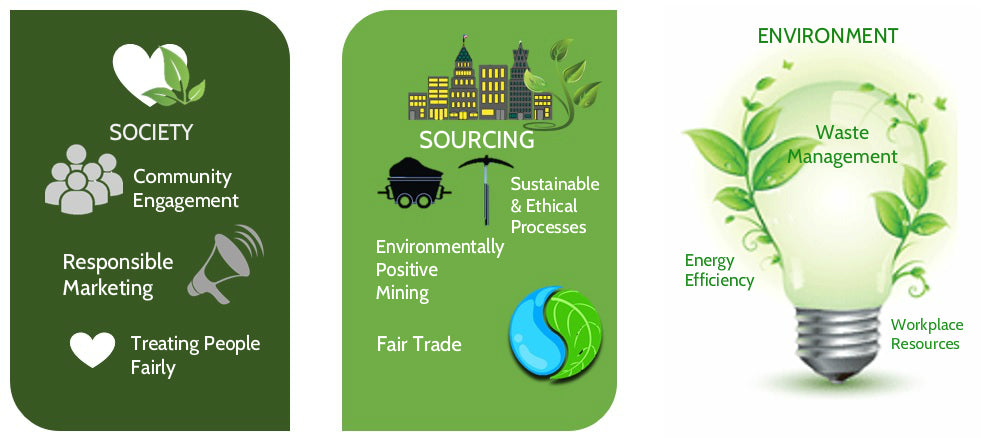Gems & Public Policy March 28 2016
The Sri Lankan gem industry has been able to maintain a remarkable record in sustainable mining and local empowerment. This has largely been due to sound public policy with regard to the issuance of gem licenses and a system of wealth sharing that distributes prosperity equitably among the stakeholders responsible for uncovering earth’s finest gemstones.

Techniques used to mine for gems can be destructive to the environment if it is not carefully managed. Fortunately, the government of Sri Lanka keeps a close eye on every gem mining activity in order to ensure the protection of the local environment and the livelihoods of the local population. One such example is that the license to operate is restricted to ensure that a local party always has a majority standing in the project. This helps to disincentivize large scale machine boring processes financed by foreign corporations that may not have a vested interest in the conservation of the local land. Although the development of technology and the inflow of investment is limited by this policy, the concern for the long term impacts of unsustainable mining overweighed the benefits of fast economic development. In my perspective, this licensing enforcement was indeed a bold and daring move by public officials despite the pressure brought on by large multinational corporations. This policy has helped contain any uncontrolled growth in gem mines and preserved a large land mass from wide scale soil extraction and erosion.
In an era where much regulation is often deemed bureaucratic and inefficient, the policies put forward to maximize the development of rural areas through an intricate profit sharing scheme is indeed astounding. Under Sri Lankan law, the parties involved in mining gems are entitled to a proportion of the revenues earned by the sale of the uncovered gemstones. In a simple scenario, the miner, the land owner, the contractor and the gem merchant may each choose to earn 25% of the wholesale market price for the quality of gems mined. This is in stark contrast to many decades ago, where gem merchants often pay miniscule fixed payments, which were agreed upon before mining, to powerless rural land owners and miners. With enforced equitable margins for these less influential parties, rural development has seen an up surge in recent years. With an increased level of prosperity, these rural areas have now gotten better and more reliable access to electricity through investments in solar panels and better power transmission infrastructure. Furthermore, the higher levels of income have boosted access to better quality education and have consequentially increased literacy rates whilst lowering incidences of petty crime.
Sustainability is a key component of the Sri Lankan gem industry and it continues to evolve and develop as time progresses. The establishment of these public policies have helped generate better income distribution and wealth generation in rural economies and have sparked a greater movement toward fair trade. The benefits these policies bring toward sustainable mining and local empowerment are substantial and will lead the way to whole new line up of ethical and good business practices within the industry.
